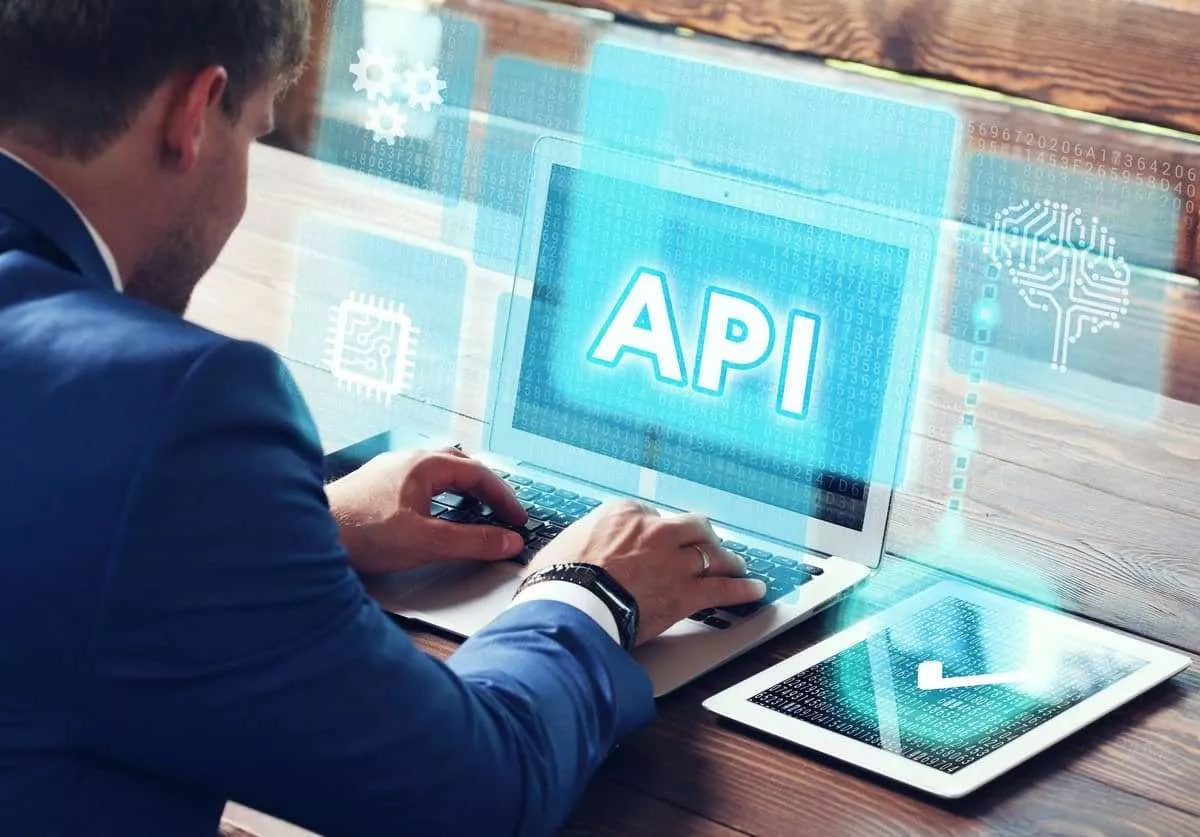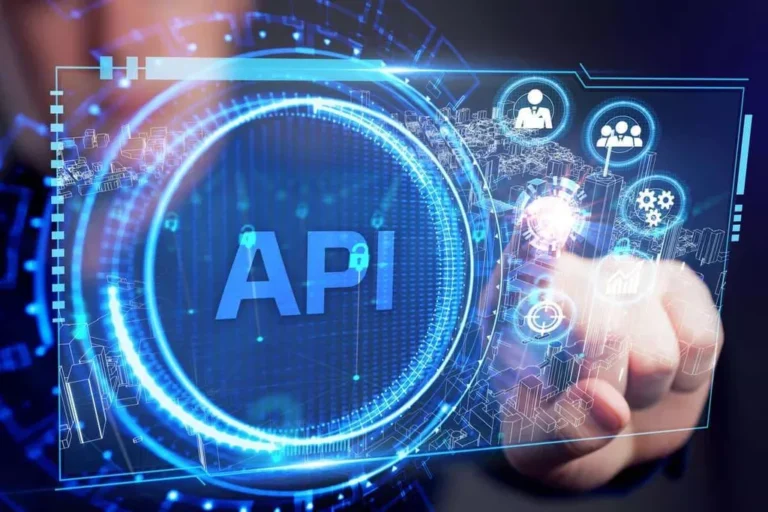This means that in conditions with ambiguity or uncertainty, AI may be unable to make one of the best choice. Creativity is a uniquely human trait that sets us other than machines. While AI has proven impressive capabilities in generating content material corresponding to music or artwork, it lacks the depth of human imagination and originality. Human creativity is fueled by feelings, experiences, and a deep understanding of the world around us. For instance, a painting created by an AI may be visually appealing and technically proficient, but it Digital Twin Technology lacks the emotional depth and personal expression that comes from a human artist.
“The nice thing about AI is that it will get higher with every iteration,” AI researcher and Udacity founder Sebastian Thrun says. He believes it would simply “free humanity from the burden of repetitive work.” But on the lofty aim of so-called “general” AI intelligence that deftly switches between duties identical to a human? Preserve these mind cells; you’ll need them to out-think the machines. Researchers from the University of Cambridge and the University of Oslo say that instability is the Achilles’ heel of contemporary what are the limits of ai AI and that a mathematical paradox reveals AI’s limitations.

Companies Are Finding Ai Exhausting To Adopt
1 is an added link between the state of the system and the carrying capacity. In the anthropocene, computing has reached activity ranges with measurable impact on a planetary scale (Creutzig et al., 2022). It is worth noting that the social and ecological prices of continued scaling do not at present feed again into limits to progress, regardless of increased recognition and organizing. Efforts focused on efficiencies always have to be conscious of ensuing rebound results. Rebound results are “behavioural or other systemic responses to the introduction of recent technologies that increase the effectivity of resource use.
For example, they might struggle to know sarcasm, irony, or figurative language. They additionally lack the ability to know the context by which language is used, which might result in errors or unexpected behaviour. Additionally, it’s exhausting for AI to understand idiomatic expressions and cultural references, though the more they’re educated and the extra exposure they get, the higher they handle this sort of language.
Coming Ai-driven Economy Will Sell Your Choices Earlier Than You Take Them, Researchers Warn
Training subtle AI models calls for important computational energy and power consumption. This useful resource intensiveness not solely poses environmental concerns but in addition limits the accessibility of superior AI purposes to entities with substantial computing sources. AI techniques, despite their prowess in particular domains, lack a deep understanding of the world. They typically operate based https://www.globalcloudteam.com/ on patterns realized from data without comprehending the underlying concepts. Common-sense reasoning, intuitive understanding, and contextual consciousness are areas where AI falls quick.

Studies have highlighted that artificial data can improve the amount of misinformation (Zhou et al., 2023; Jeng et al., 2024) if it creates a false perception of elevated information diversity and representativeness (Whitney and Norman, 2024). Stanford’s most recent AI Index Report catalogues performance on twenty-one different benchmarks for AI. Of these, AI is already at or close to human-level efficiency on eight. And there are a variety of different indicators that the story of AI acceleration informed by benchmarks is an actual one.
I would say calling it creativity, sentience, consciousness are in all probability issues that you could not write a computer program to simulate. In this part, we revisit three of the barriers surfaced previously and map a (non-comprehensive) set of responses by the AI industry to each of them utilizing system dynamics archetypes. While the listing of issues is broad and includes waste, air pollution, minerals, and the impression of mining, below we give consideration to energy, water, and CO2 emissions for example the ecological perspective. An AI achieved a rating of fifty nine.5 percent on this benchmark—very near the human professional score—only 4 months after GPQA was printed. Less than three months after that, OpenAI’s o1 model solidly beat the human expert score.
- The chair was created in 2018 via a $2.45-million gift from Reid Hoffman, co-founder and former chairman of LinkedIn.
- In Section 5, we talk about social and ecological harms which have resulted from AI scaling, explore the dangers of following the trajectory of overshoot and collapse (archetype), and establish alternative paths for development.
- A third and related fear, which troubles me a lot, is that folks will begin acting like machines.
Those are a variety of the methods that persons are trying to use to be able to explain how these techniques work. Understanding the limitations of AI is important for navigating the landscape of artificial intelligence responsibly. While AI has achieved remarkable milestones, acknowledging its current constraints is essential for setting practical expectations. Continuous research, ethical considerations, and collaborative efforts are pivotal for unlocking the total potential of AI whereas addressing its inherent limitations. Improving the standard and variety of training information is imperative to mitigate biases and improve the robustness of AI techniques. Initiatives selling responsible information assortment, curation, and augmentation contribute to overcoming data-related limitations.

To keep away from this stagnation, many are exploring the creation of synthetic information as a way of making certain continued efficiency scaling of LLMs (Lee, 2024; Long et al., 2024). One perspective on synthetic data is that it permits the creation of countless quantities of high quality, error-free, complete data whereas simultaneously democratizing the landscape of proprietary information. It has fewer privateness issues and can be much less biased due to the power to ensure greater range, and prevents copyright issues (Lee, 2024). Others have argued that continued progress is possible by way of improvements to the quality of knowledge by having diverse, unique, and more smartly selected data instead (Edward Beeching et al., 2024).
We really applied evolutionary computing, which is an space in electrical engineering, and we evolved dweebs, it was a predator-prey kind of downside and our prey was the dweebs and our predator was the bullies and the bullies would chase around the dweebs. We would evolve and check out to determine out, what was the greatest way for the dweeb colony of the colony swarm to survive the longest? Despite all these captures, then, the ecological and social costs of AI growth have turn into hard to ignore as limits to development turn out to be more and more acute. It’s become very difficult to confidently lay out a challenge that AI models consistently fail and will likely proceed to fail for years to return.
The excellent news, although, is that in the final couple years, there’s been a rising recognition of the issues we simply described. And I think there at the second are many places which are putting actual research effort into these questions about how you consider bias. In conclusion, AI holds immense promise but also comes with significant risks and challenges.
Since most of those algorithms are examined only for their performance, plenty of unintended fluff flows through. This could possibly be in the type of prejudiced knowledge, a lack of social context and a debatable definition of fairness. The vast majority of what folks call “AI” right now is machine studying. It’s software program that’s in a position to analyse and interpret huge amounts of data, and make accurate predictions, way more effectively than any human.
And while AI is now driving a technological revolution and powering the world’s largest corporations, it’s not about to cook you dinner and do the dishes. Users of AI systems should perceive how the system works and what information it makes use of to make selections. This is especially necessary for techniques which have vital real-world penalties. Transparency helps guarantee accountability and construct belief in AI techniques. By addressing ethical concerns like bias and transparency, we might help be certain that AI is utilized in ways in which profit society. In the meantime, AI’s greatest influence may come from democratizing the capabilities that we have now.
It is essential to identify and handle biases in AI methods, through methods similar to knowledge pre-processing and bias correction. Similarly, an AI system trained on a dataset of criminal defendants that is principally composed of individuals of color will probably be biased in path of people of color and make much less accurate predictions for white defendants. AI techniques can perpetuate and even amplify current biases in the information they’re educated on. There are plenty of common issues that have to be solved alongside the finest way of constructing a cup of coffee in an unknown family, which can sound trivial compared to fixing very slender, extremely technical, specific issues which we think of as outstanding.
